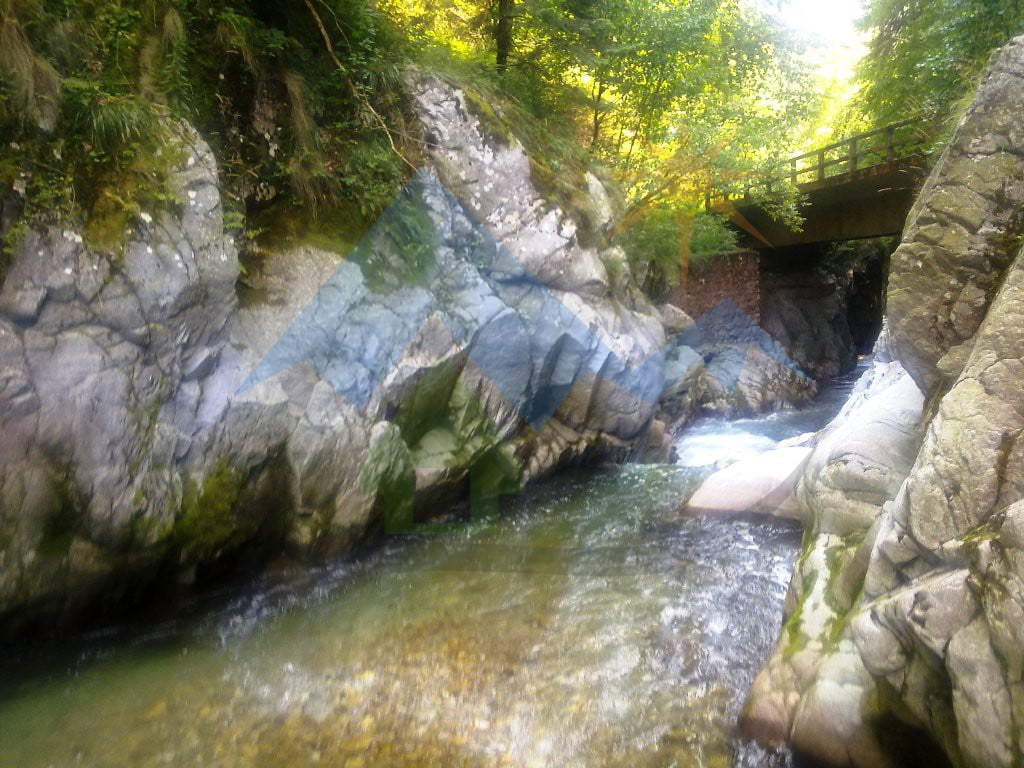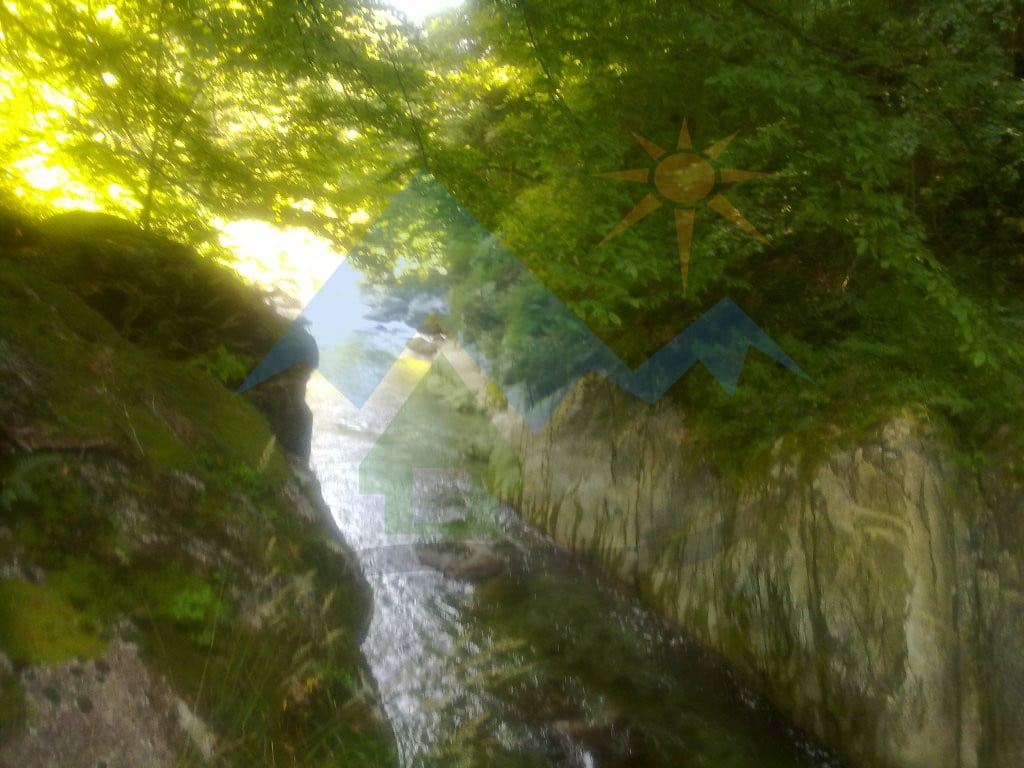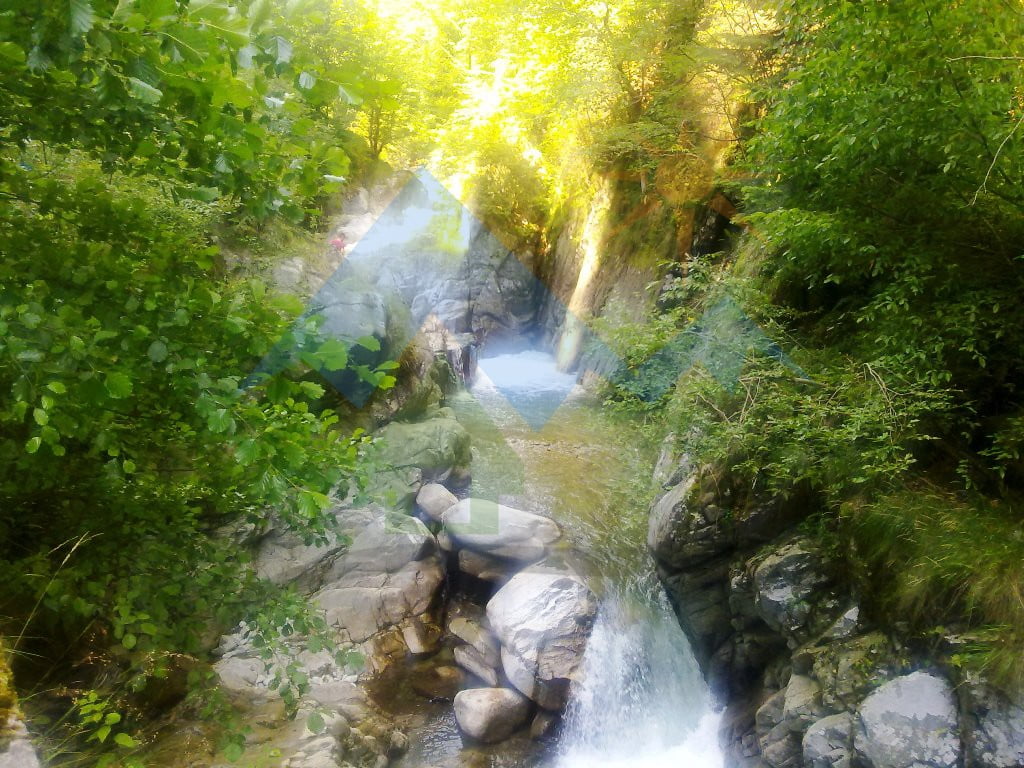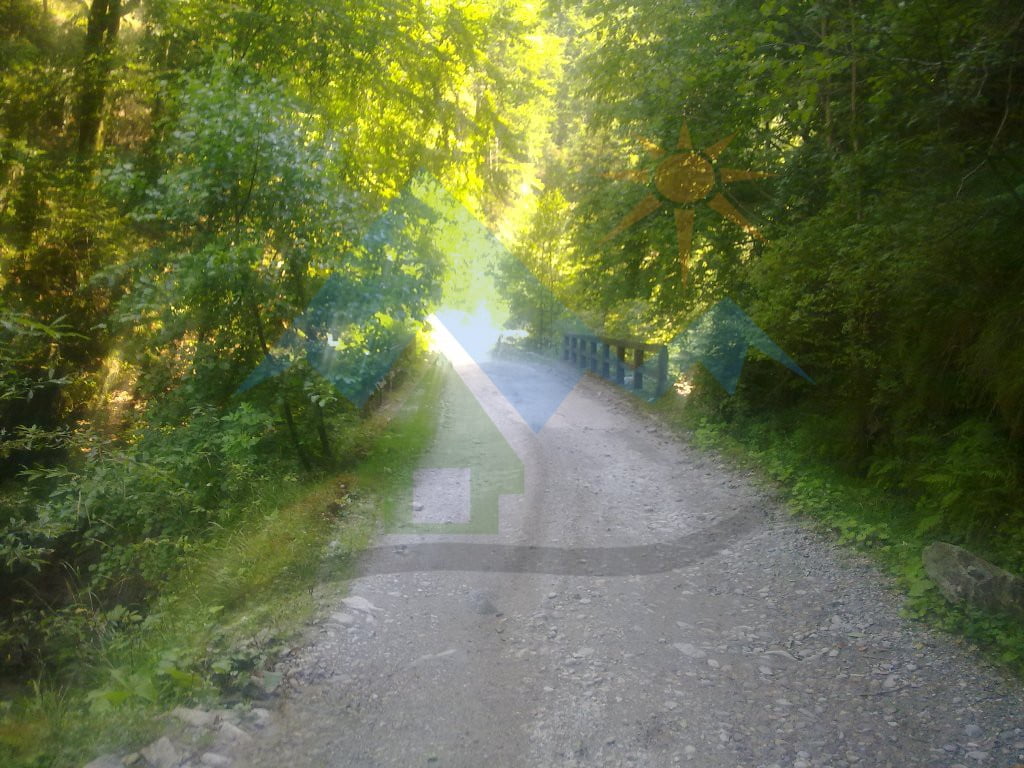Gilortul, whose name is considered to have Dacian origins, originates from the Parâng Mountains, specifically from under Vârful Parângul Mare (2519m) through two main springs, located at an altitude of almost 2350 m, being immediately flanked on the right by Vf. Mândra, and on the left by Vf. Gruiu, and after a long intramontane route with gorges, rapids, and waterfalls, it flows out at Novaci.
Access is from the town of Novaci and heading north along the Gilort River. The natural setting surrounded by forest-covered mountains makes Gilort Gorges a wonderful place to spend a pleasant weekend camping. The road is accessible, but not modernized, so we recommend having cars with higher ground clearance to go upstream.






Gilortul is populated with trout, but fishing is strictly forbidden, especially upstream. The initial orientation of the river is from northwest to southeast, receiving on the left side:
- the Setea Mică-Vest stream, gathering its waters between the Ghereşul and Stâncior ridges, which joins before its confluence with Gilortul with the Gruiu stream;
- the Setea Mică-Est stream, which gathers its waters between the Setea Mică and Setea Mare ridges.
Then, after heading south, it receives on the right side:
- the Tărtărău stream, originating from under Vf. Tărtărău of the Groapa ridge;
- the Măcăria stream, which also gathers four streams on its right side, of which the most well-known is Cătina, after which it continues its course in the initial direction to receive, on the left side:
- the Pleşcoaia (or Setea Mare) stream, originating from under Vf. Setea Mare and Vf. Pleşcoaia of the Câlcescu ridge;
- the Romanu stream, which flows in the final portion along the Romanu Valley, after gathering the Mohor and Păpuşa streams, originating from the peaks with the same names, and then the Mioarele and Romii streams on its right side;
and then, on the right side, the Calului and Redeiu streams, and on the left side, the Dâlbanu and Rânca streams, before reorienting its course towards the south until Novaci.


